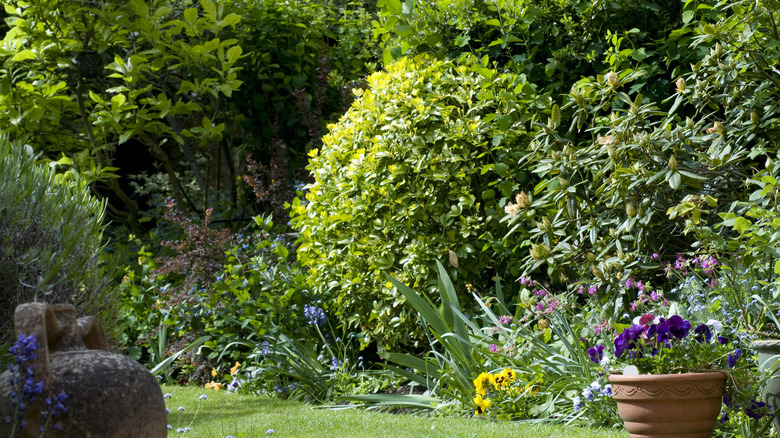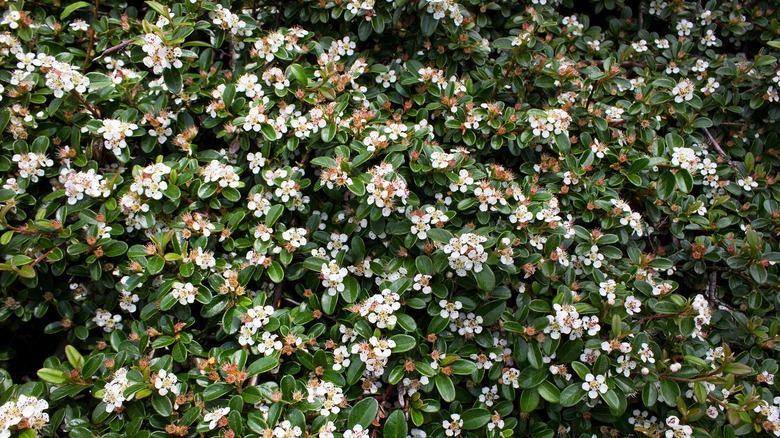The Low-Growing Evergreen Ground Cover That Boasts Pretty White Blooms
We may receive a commission on purchases made from links.
Looking for a beautiful, hardy ground cover that's easy to care for? Bearberry, also called kinnickinnick, stays green year-round and has delicate, little white flowers that bloom in spring. Those blooms look like tiny bells and once they're done blooming, you get red berries that add another pop of color. It's one of those low-maintenance plants you don't have to fertilize and offers plenty of visual interest throughout the year. It's especially popular in cooler climates where some ground covers can struggle.
In terms of design, bearberry is incredibly versatile. It works great in rock gardens, along paths, or as a filler between other low-growing shrubs and perennials. It's also wonderful for large, open areas where you want to establish and care for a green carpet without a ton of maintenance. And if you love seeing wildlife in your yard, bearberry's berries are an added bonus — they attract birds, which feed on the berries in late summer and fall.
Additionally, one of the best things about bearberry is that it's not invasive. Unlike other ground covers that spread aggressively and need constant attention, bearberry stays pretty much where you plant it. It grows slowly, so you won't find it taking over your garden or crowding out other plants, which makes it ideal for people who want a ground cover without the headache of constant upkeep.
How to care for bearberry
Growing and taking care of bearberry is fairly easy. It loves sunlight, so aim for a spot with full sun or at least partial shade. Full shade is fine too, though it might not bloom as much if it's in deep shade all day. If you've got a sunny area that gets a bit of relief in the afternoon, that's the sweet spot.
When it comes to soil, bearberry isn't picky — it can handle poor, rocky, or sandy soils, which makes it a lifesaver for gardens where other plants might struggle. Just be sure it's well-draining, though, as it doesn't like its roots sitting in water. If you're not sure about your soil's acidity, you can grab a pH test kit (they're on Amazon for $12) to check that it's around 5 to 6.5, which is its preferred range.
Watering is also pretty simple with bearberry. For the first year, you'll want to give it regular water to help those roots settle in, but once it's established, this plant is very drought-tolerant. In fact, in most climates, rainfall alone will keep it happy. This makes bearberry an excellent choice if you're looking to cut down on water use, and it's especially handy for those sunny, dry spots where other ground covers might wilt. Once established, it's quite resilient and can thrive in nutrient-poor soil without the need for fertilizers. In fact, the gardening program at NC State Extension recommends against fertilizing bearberry.

